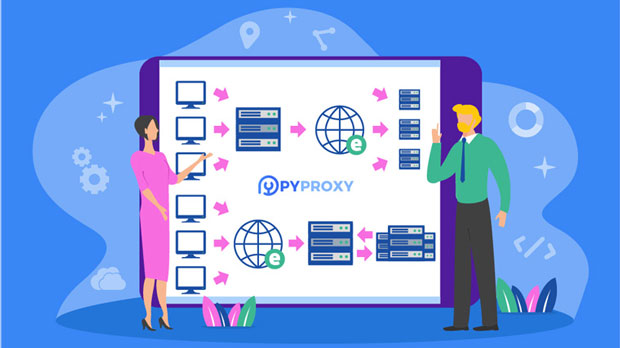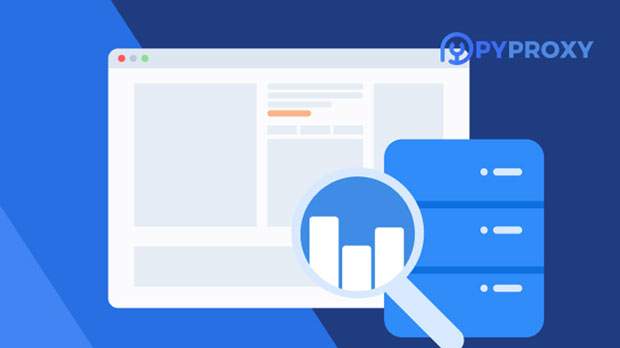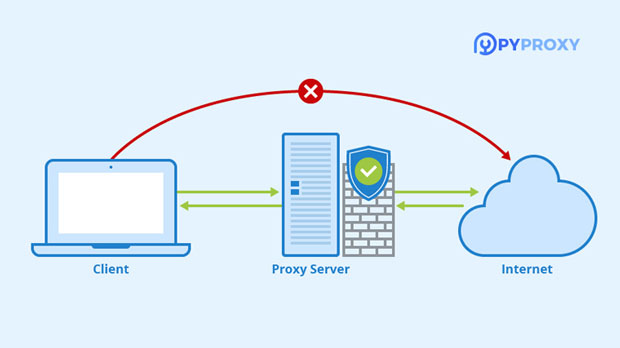Will changing my IP address using a proxy affect my Internet speed?
When you use a proxy to change your IP address, it can potentially impact your internet speed, either positively or negatively. While proxies offer enhanced privacy, bypass geo-restrictions, and help balance server loads, they often introduce a middleman between your device and the websites you access. This can add extra processing time and route your data through distant servers, which might lead to slower speeds. However, in some cases, a proxy can help improve performance, especially if it optimizes routes or bypasses congestion on your local network. The real impact depends on the type of proxy, its location, and your internet connection quality. In this article, we will explore how using a proxy to change your IP address can affect your internet speed and what factors contribute to this change. Understanding Proxies and IP Address ChangesBefore delving into the effect of proxies on speed, it's essential to understand what proxies are and how they work. A proxy acts as an intermediary between your device and the internet. When you make a request, such as accessing a website, the proxy server forwards that request on your behalf, masking your original IP address and sometimes changing it to one from a different location.There are various types of proxies, including residential, data center, and mobile proxies. The type of proxy you use plays a crucial role in determining whether your internet speed will be affected. In addition, proxies are often used to maintain anonymity, bypass restrictions, and manage network traffic. However, all these tasks require some level of data processing, which could slow down the speed of your internet connection.Factors That Affect Internet Speed When Using a ProxySeveral factors contribute to how a proxy affects your internet speed. Understanding these factors can help you make an informed decision about using a proxy.1. Proxy Server LocationOne of the most significant factors affecting the speed is the location of the proxy server. If the proxy server is geographically distant from your actual location, it can introduce latency. The data packets need to travel a longer distance, causing delays. For instance, if you're in the United States and using a proxy server located in Europe, the extra distance that data must travel can result in slower speeds. Conversely, if the proxy server is located close to your region, the speed may remain relatively unaffected.2. Server Load and BandwidthThe load on the proxy server also plays a crucial role in determining how much speed degradation you may experience. Popular proxies that are used by many people at once can suffer from congestion, leading to slower response times. Proxies with limited bandwidth or high traffic volume may struggle to deliver fast speeds, particularly if they are being used to handle large amounts of data. A heavily loaded proxy server may cause delays, as requests queue up, waiting for the server to respond.3. Type of Proxy UsedDifferent types of proxies offer different levels of speed and performance. residential proxies, for example, are usually slower than data center proxies because they route traffic through residential networks. These proxies often have higher latency due to the slower speeds of home internet connections. Data center proxies, on the other hand, are typically faster because they come from high-performance data centers that have robust connections and low latency. However, even within the category of data center proxies, there can be variations in speed, depending on the quality of the server infrastructure.4. Encryption and SecurityProxies can also add a layer of encryption to secure your data, especially when you're browsing sensitive websites or using public Wi-Fi. While this encryption ensures privacy and security, it can also introduce additional overhead, which can slow down your connection. The process of encrypting and decrypting data takes time, and if the proxy server you're using applies high levels of encryption, it could lead to noticeable speed reductions.5. Network Quality and Internet Connection SpeedThe quality of your local network and your internet connection will also play a role in how much the proxy affects your speed. If you have a fast and stable internet connection, the impact of the proxy may be minimal. However, if your connection is already slow or unstable, the introduction of a proxy can exacerbate existing issues. Additionally, the number of devices connected to your network and their usage can affect the available bandwidth, influencing how much of an impact the proxy will have on your overall speed.How Proxies Can Improve SpeedWhile it may seem counterintuitive, proxies can sometimes improve internet speed in specific scenarios. For example, a proxy can optimize your network route, bypassing traffic congestion on your local network or improving access to websites with server issues. In some cases, proxies can cache data from websites you visit frequently, which can result in faster load times when you access those sites again. This is particularly useful when accessing large files or media content from a website that you regularly visit.Optimizing Proxy Use for Better SpeedIf you're concerned about the impact of a proxy on your speed, there are several strategies you can use to minimize the negative effects:1. Choose the Right Proxy Type: As mentioned earlier, data center proxies generally provide faster speeds than residential proxies. If speed is a priority, consider using high-quality data center proxies with low latency.2. Use Local Proxy Servers: Whenever possible, choose proxy servers that are geographically closer to your location. This reduces the distance your data has to travel and minimizes latency.3. Monitor Server Load: Keep an eye on the proxy server's load and choose one that isn't too congested. Many proxies provide real-time performance metrics, so you can select one with the best speed and reliability.4. Minimize Encryption: If speed is more important than security, consider using a proxy with less encryption or no encryption at all. However, this comes with the tradeoff of reduced privacy.5. Upgrade Your Internet Connection: If you're experiencing slow speeds despite using a proxy, consider upgrading your internet connection. A faster connection will help mitigate the speed reduction caused by the proxy.ConclusionIn conclusion, using a proxy to change your IP address can indeed affect your internet speed, but the impact largely depends on various factors such as the type of proxy, its location, server load, and your network quality. While proxies can sometimes reduce your internet speed due to added latency and encryption, they can also offer performance improvements in certain situations, such as optimizing routes or bypassing network congestion. By carefully selecting the right proxy and taking steps to optimize its use, you can minimize speed degradation and enjoy the benefits of enhanced privacy and bypassing restrictions without compromising performance.
2025-01-20

























































